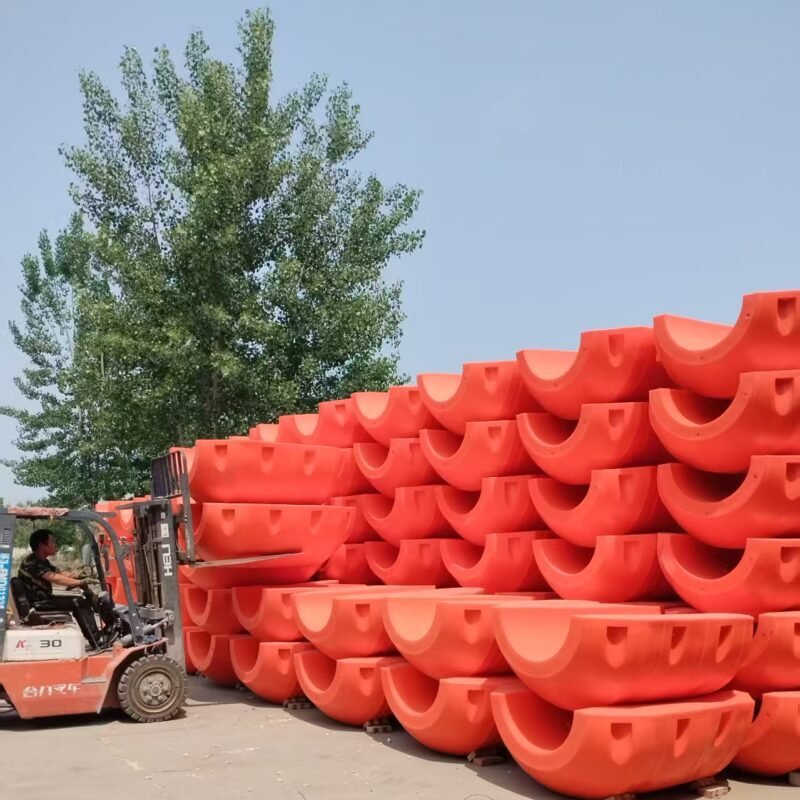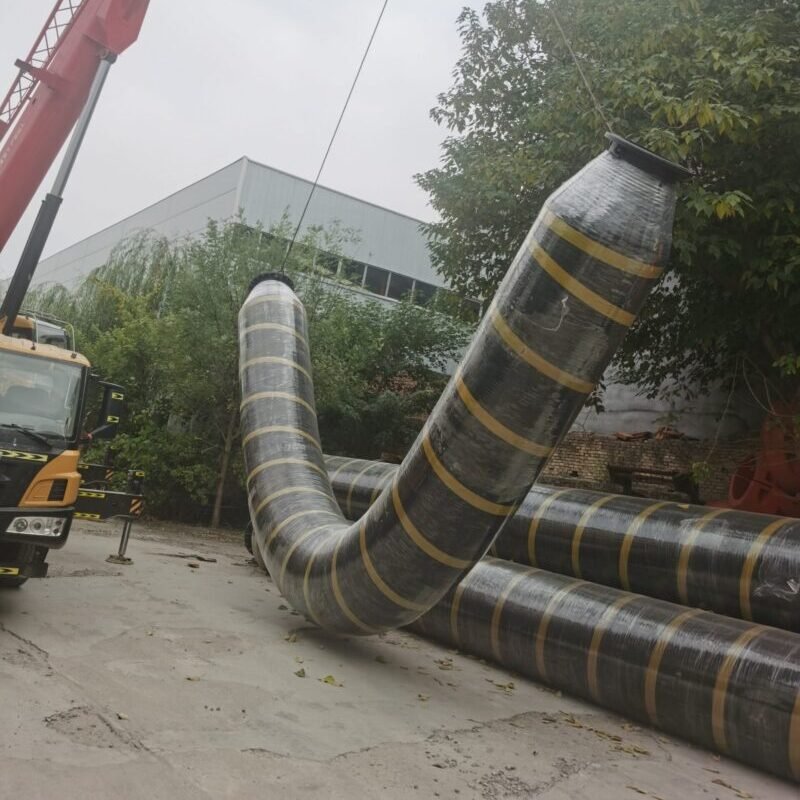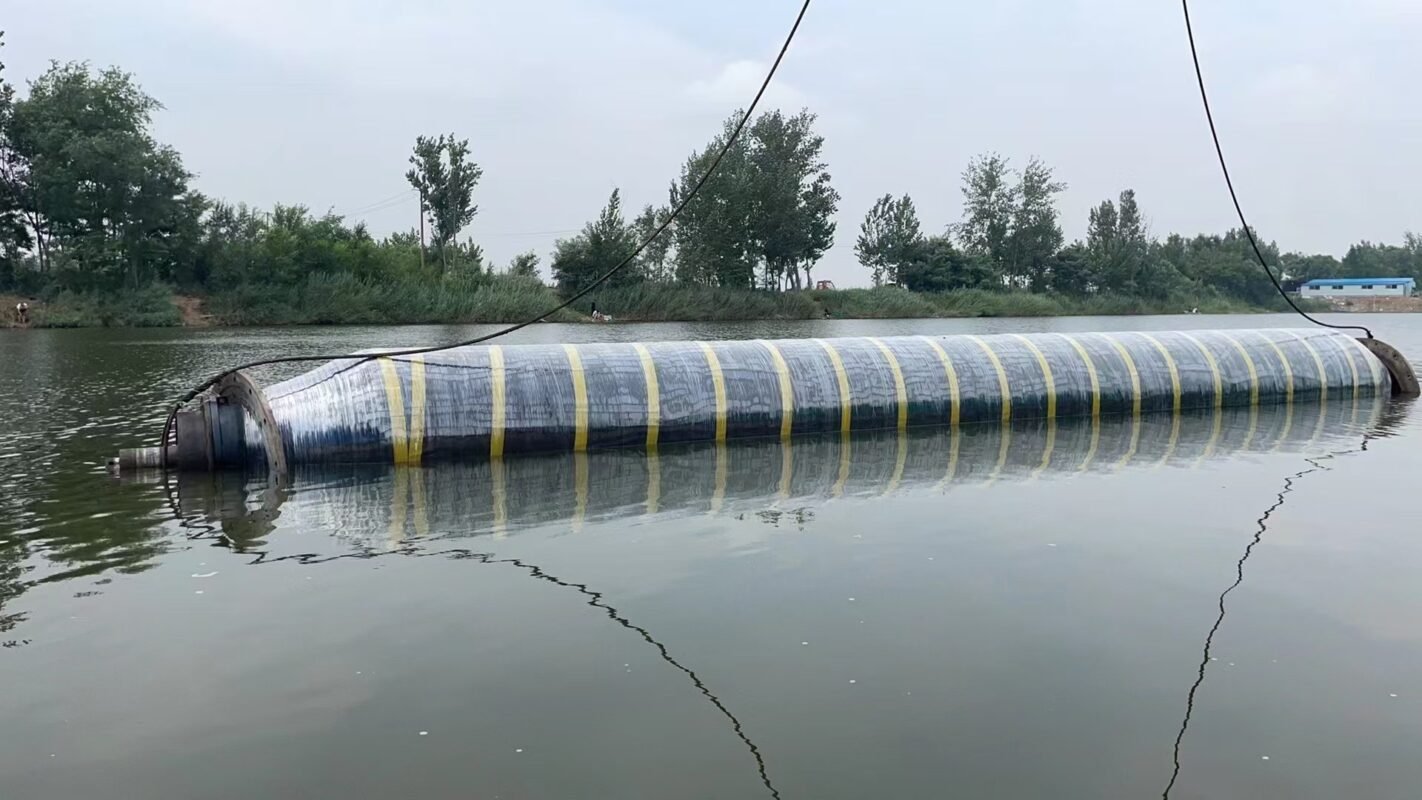Dredging Hose

The dredging rubber hose is an indispensable part of the dredging pipeline, plays a protective role for the entire pipeline due to the characteristics of rubber. When the sea wind and waves are large, the flexibility of the rubber hose can relieve the pressure of the wind and waves, preventing the dredging boat from being dragged over. When there is a diurnal temperature difference or during dragging, the tensile of the rubber hose provides good protection for the pipeline. The performance of the dredging rubber hose directly affects the efficiency, cost, and safety of the dredge project.
Characteristics: High abrasion resistance, able to withstand long-term scouring and wear from materials such as mud, sand, silt. High pressure resistance, able to withstand working pressure in deep sea high-pressure environments. Excellent flexibility, able to adapt to complex and changing working environments, and for laying and recovery. Outstanding anti-aging performance, able to resist corrosion from seawater, ultraviolet rays, and other external environments, extending the service life.

Structure: Inner rubber layer: Excellent abrasion resistance, corrosion resistance, and tear resistance. Common materials include NR, SBR, NBR,. Reinforcement layer: Also known as the pressure layer, it is the part that bears the pressure and requires high strength and good flexibility. Common materials include steel wire polyester cord, etc. Outer rubber layer: Anti-aging, wear-resistant, anti-ultraviolet, etc., protecting the pipe body from external erosion. Common materials include NR, SBR, NBR.
Classification: Suction rubber hose, discharge rubber hose, self-floating rubber hose, shock-absorbing short joint, variable diameter rubber hose, rubber hose with live flange, and rubber hose with fixed flange.
Application: Widely used in port dredging, river channel dredging, land reclamation, seabed mining, etc.





